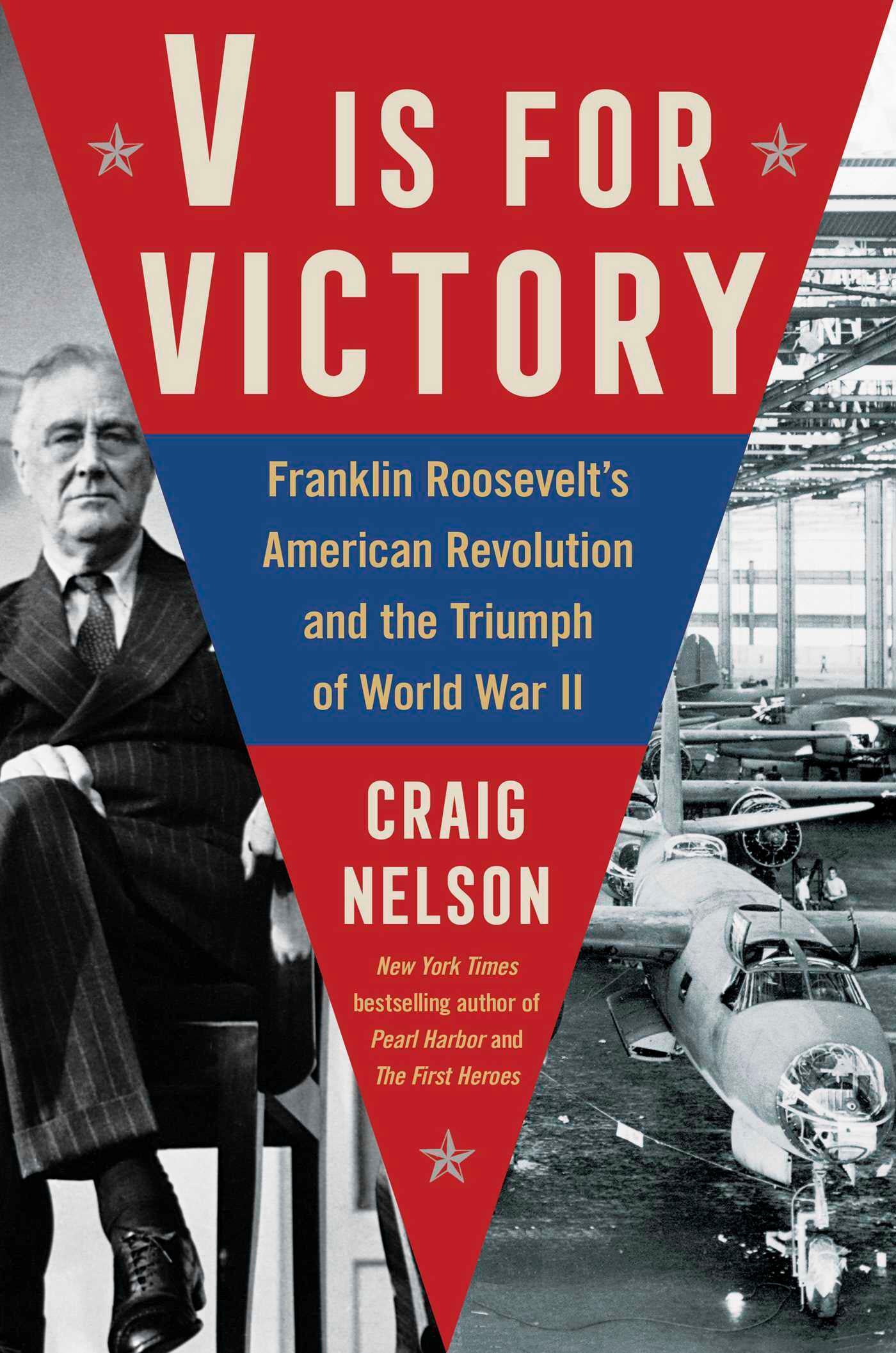Book Review: 'V Is For Victory' explores FDR's bid to win public and industry support during WWII
Craig Nelson chronicles the key battle President Franklin Delano Roosevelt faced as he worked to win over the public and industry's support during World War II in “V Is For Victory.”

“V Is For Victory: Franklin Roosevelt’s American Revolution and the Triumph of World War II” by Craig Nelson (Scribner)
There are plenty of battles that were crucial to the Allies' victory in World War II, and even more books chronicling them. But the key fight didn't occur on any battlefield — the battle to win over the public and industry's support for the war effort.
That's the focus of Craig Nelson's “V Is For Victory,” a solid history of President Franklin Delano Roosevelt's success in fighting back against isolationist tendencies brewing in the country to rally the public's support and marshal the supplies needed to win the war.
Nelson chronicles what went into efforts to ramp up production of needed supplies such as tanks and bombers, reviving a moribund military supply and making the oft-quoted Roosevelt line about the “arsenal of democracy” come alive for readers.
He also shows the figures that played a key role in the fight, including familiar characters such as Henry Ford and Charles Lindbergh as regular headaches for Roosevelt's bid to build consensus.
But the profiles of lesser-known figures like Bill Knudsen, the General Motors official that Roosevelt tapped to help lead war production efforts, are what help Nelson's book stand out.
Nelson's book also offers more detail on the behind-the-scenes debate and negotiations that went into the Lend-Lease Act.
The book weaves in Roosevelt's biography to show how the 32nd president was well-positioned to take on the challenges that the war, and preparing for it, required.
Though some of the book may seem familiar for WWII history buffs, Nelson manages to make what is essentially a history of logistics just as compelling as battlefield heroics.
Bookmark popover
Removed from bookmarks